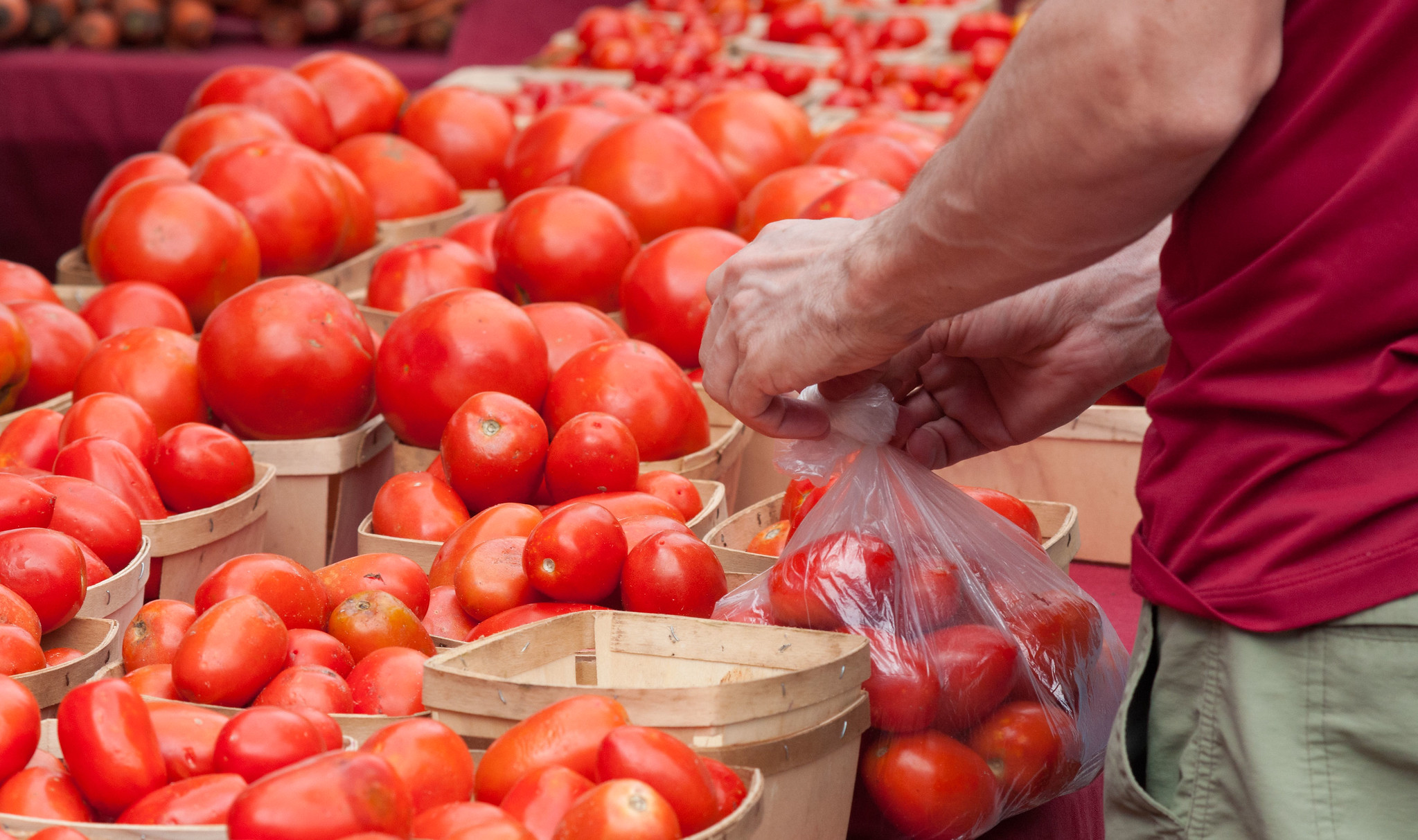
Feb 6, 2020
Tomatoes found to respond differently to organic fertilizer
A recent report from Washington State University (WSU) researchers found a big difference in how a single tomato variety will respond to organic vs. conventional fertilizer.
Researchers grew Oregon Spring tomatoes with both types of fertilizer and measured differences in the resulting tomatoes.
Organic soil fertilizers resulted in lower yields but increased antioxidants, and the tomatoes’ entire genome shifted its “expression pattern to adjust to different inputs,” the researchers wrote on Twitter and LinkedIn. The team of WSU authors included Richard M. Sharpe, Luke Gustafson, Seanna Hewitt, Benjamin Kilian, James Crabb, Christopher Hendrickson, Derick Jiwan, Preston Andrews and Amit Dhingra.
1 tomato breed fed ORG fertilizer. Yield reduced, Antioxidants up, Expression of entire genome shifts Photosynthate 4 more phytonutrients. Strategy to enhance nutrition? https://t.co/Al10511pXx @SeannaLouise @CA_Hendrickson @HorticultureWsu #foodsecurity #nutrition #Sustainable
— Genomics and Biotech Dhingra Lab (@GenBioADLab) January 15, 2020
The article, titled “Concomitant phytonutrient and transcriptome analysis of mature fruit and leaf tissues of tomato (Solanum lycopersicum L. cv. Oregon Spring) grown using organic and conventional fertilizer,” was published online last month on the nonprofit open-access website PLOS.
“Enhanced levels of antioxidants, phenolic compounds, carotenoids and vitamin C have been reported for several crops grown under organic fertilizer, albeit with yield penalties. As organic agricultural practices continue to grow and find favor it is critical to gain an understanding of the molecular underpinnings of the factors that limit the yields in organically farmed crops,” according to the report abstract. “This information can be used to identify alleles for breeding crops that allow for efficient utilization of organic inputs.”
Above, fresh-picked organic tomatoes ready for sale at the Saturday Morning Market, in St. Petersburg, Florida. Photo: USDA/Lance Cheung.









